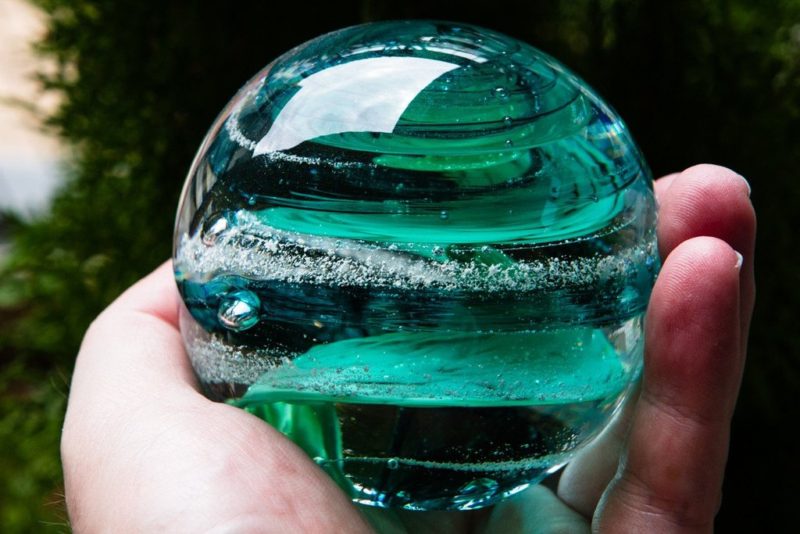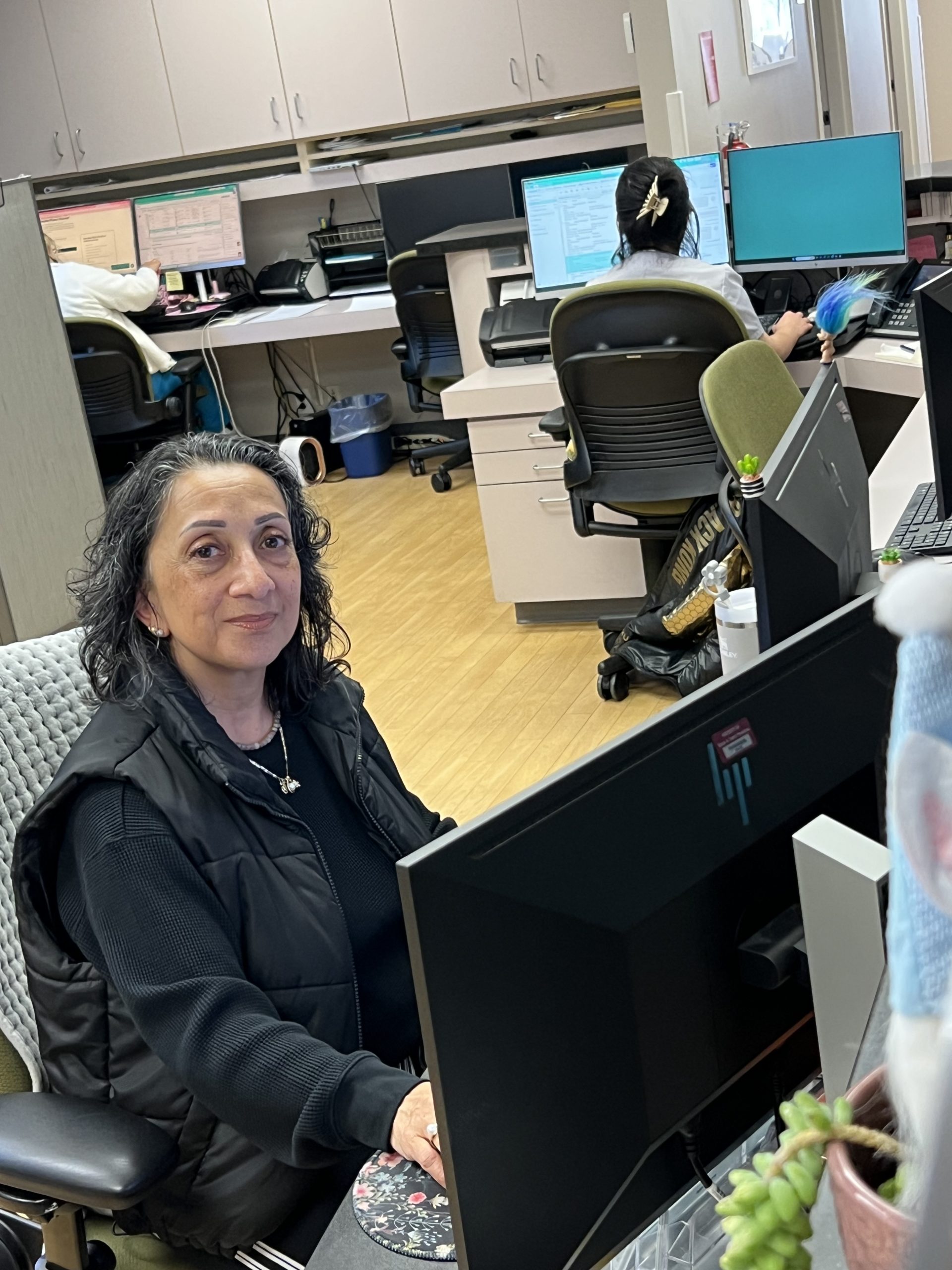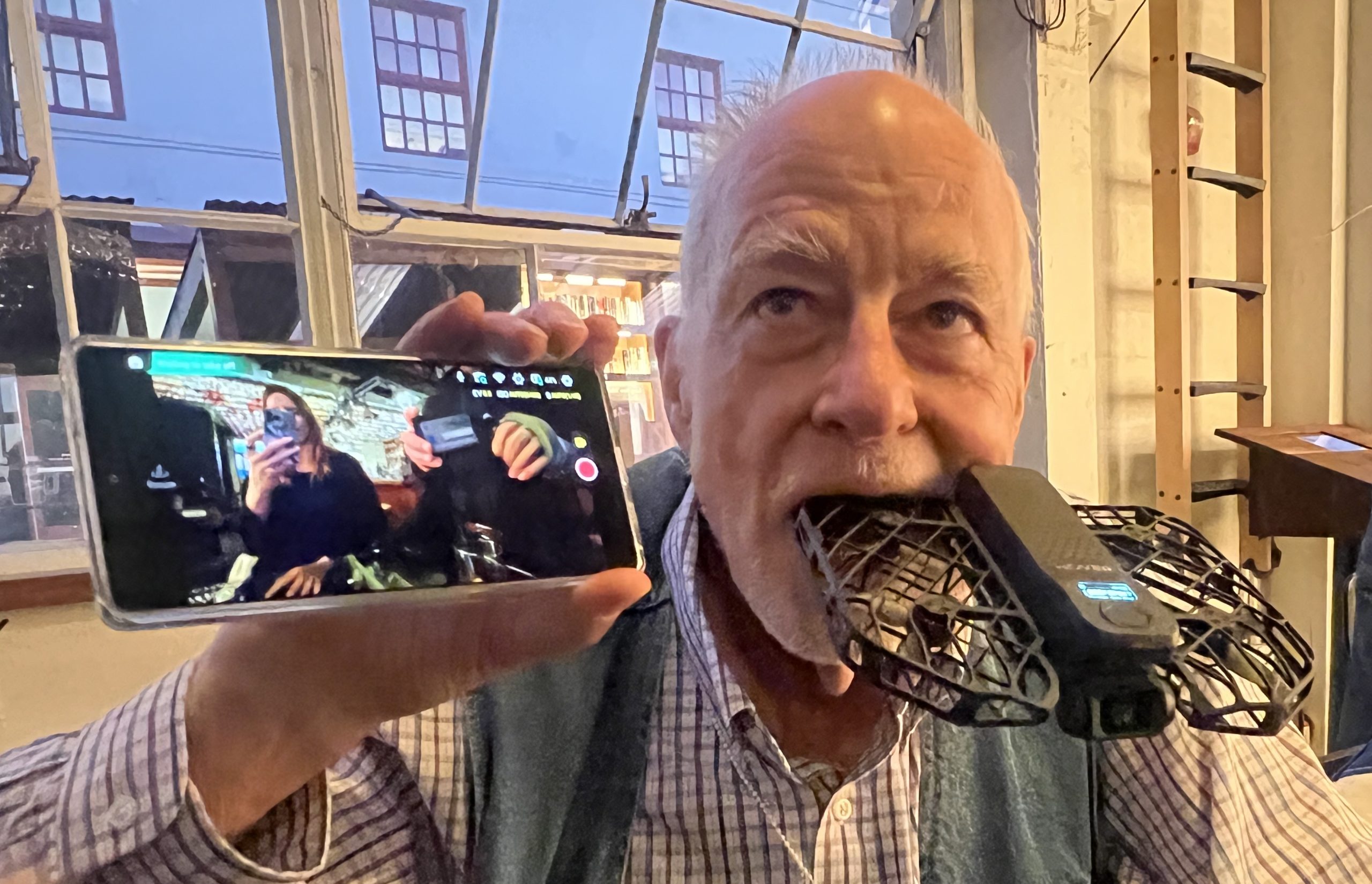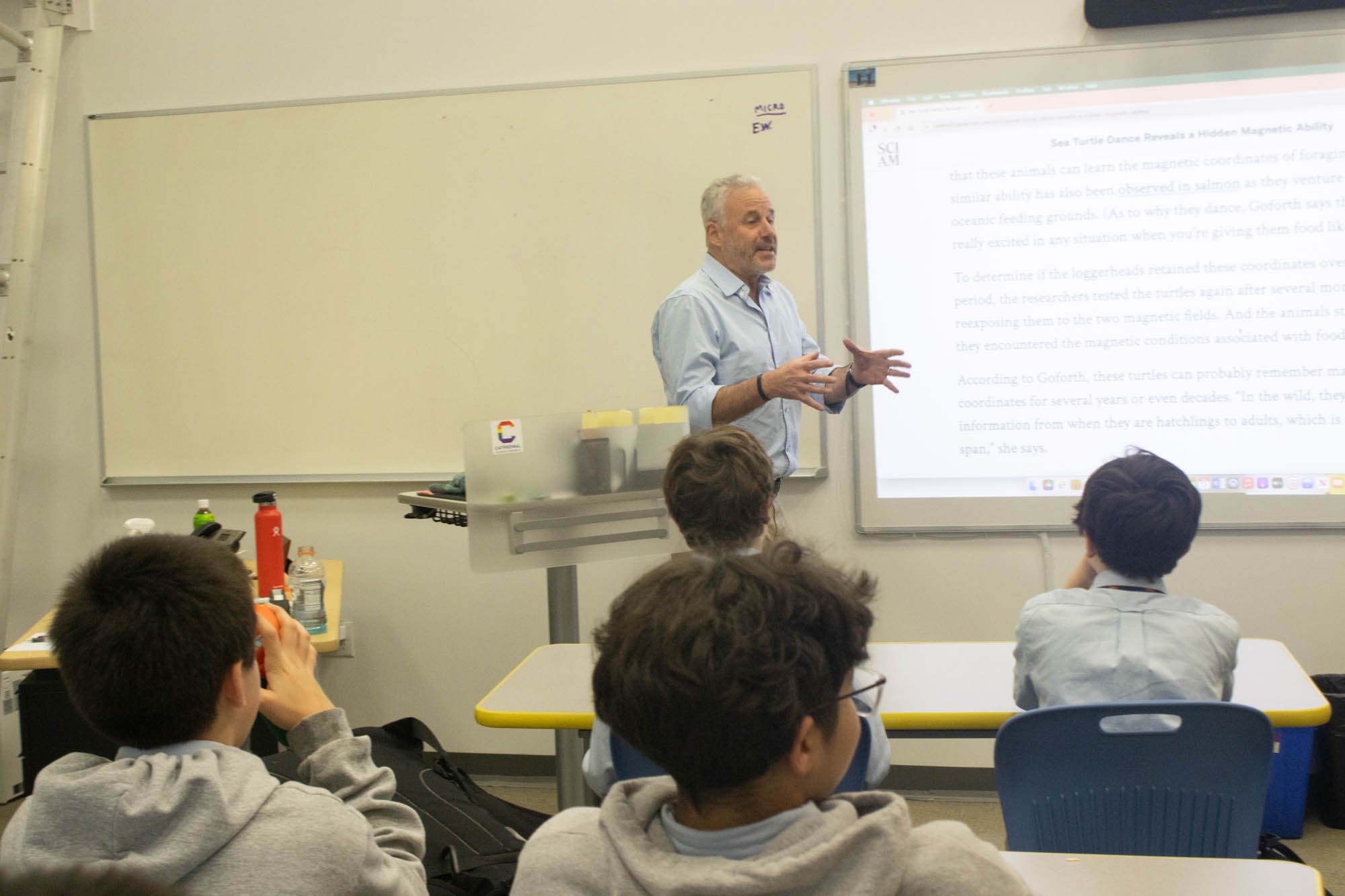Green burials, space burials, ash tokens: More options – and more decisions – for your final frontier
“Life is pleasant. Death is peaceful. It’s the transition that’s troublesome.” – Isaac Asimov.
Doulas, green burials with wicker caskets and corpse location monitoring devices, space burials, resomation, diamonds colored by funeral ashes: Death’s vocabulary is expanding. New – and old – ways of dealing with dying and death are emerging in this century.
 Traditional funeral patterns and religious ceremonies are still in vogue. But a new consciousness is arising due to a range of new choices that is allowing people to be more in control of their final days and death in ways not possible in the past.
Traditional funeral patterns and religious ceremonies are still in vogue. But a new consciousness is arising due to a range of new choices that is allowing people to be more in control of their final days and death in ways not possible in the past.
With more choices around life’s last process there are more decisions to be made. They necessitate being introspective about personal values and spiritual feelings as well as aesthetics and practical matters. It can be confounding.
Starting the conversation
Conferences on dying and death have become annual events for health and civic organizations. More intimate “death cafes” are another new trend. Originating from the “café mortel” movement that emerged in Switzerland and France around 2000, these are facilitated forums in a confidential setting where people feel free to talk philosophically and practically about death.
“Both my Mama and my dog were having health problems and in danger of dying and I could talk about them both without anyone judging me,” said Dany Vallerand. She attended a death café at the Jewish Community Center of San Francisco, which holds them once a year. The North Beach Library holds one every third Tuesday and Zen Hospice in Hayes Valley, once a month.
“Thinking more about death made me accept that death is part of life. Death is normal,” Vallerand said.
When exploring one’s feelings around life’s final chapter, it helps to understand how death has been handled over the years.
Death becomes a business
Up until the Civil War, disposition of remains was straightforward. If people died at home, families washed the body, prepared it for viewing, held a religious service then buried it in a plain pine box or a shroud in the local cemetery. A simple headstone marked the grave.
The use of embalming fluid grew out of Civil War circumstances. A temporary preservative was needed to send dead Union soldiers from the sweltering South to their families in the North. As the 20th Century progressed, more people died in hospitals than at home. Death began to recede from public consciousness as funeral parlors took over duties once handled by the survivors.
The push of post-World War II consumerism turned burials into symbols of status, greatly increasing the price of funerals. In mid-century, with median annual income just $5,600, families were cajoled into paying upwards of $1,000 for a funeral.
Costs boost use of cremation
Cost consideration has boosted the popularity of cremation. Today, it ranges between $1,500 and $3,000, while a traditional burial is between $7,000 and $10,000, according to The National Funeral Directors Association. In 2016, cremations accounted for 50.2 percent of funerals, up from 47.9 percent in 2015, NFDA statistics show. It estimates that by 2035, the rate of cremation will reach 78.8 percent.
Cremation is a more viable option as fewer Americans these days live and die in the same place. In addition, people are placing less importance on religion in funerals, according to the NFDA.
Everything about the process of dying and death seems to be getting a makeover. Resomation is an improvement on cremation that prevents the release of toxic chemicals. Green burials, whether of ashes or a body, are gaining ecological creds.
Departing from traditional ways
Even memorial services are being revisited. A growing number of families are substituting memorial services with “Life Well Celebrated” events. These more individualized expressions of feelings can be held in a crematory, as an add-on cost, or at locations as diverse as a bar, a beach or a sports arena.
Cremains can now become memorial objects, blended into jewelry or other pieces of art. One Swiss company creates a synthetic diamond whose color – everything from black to yellow to glow-in-the-dark – results from the inclusion of trace body elements.
Another decision for those considering cremation is what to do with the ashes. NFDA statistics show 46 percent of ashes are buried in a cemetery or interned in a columbarium with 39 percent are returned to families – to dispose of, keep or scatter. State laws dictate where: in most cases, in national parks with a permit, or at sea at least three nautical miles from shore.
Ten percent of cremains are scattered at a place not a cemetery. Timothy Leary, the Harvard psychologist and mind expansionist, chose something unique for his “final trip,” which occurred in 1996. He had his ashes blasted into space.
Some 22 years later, it’s easy to find companies that will launch the last of you to the edge of the earth’s atmosphere. Ashes are placed in special latex balloons and released into high altitude winds. Flights are filmed so that friends and family can watch as they create a glittering plume against the curvature of the Earth.
Becoming one with the environment
Environmental concerns have contributed to an increased interest in green burials. Caskets and the cremation process contribute unhealthy elements to the earth, said Jane Hill, a presenter at a recent symposium on death and dying at the Jewish Community Center of San Francisco.

A Bay Area importer and distributor of biodegradable caskets, Hill got the green burial bug watching HBO’s “Six Feet Under.” She became the sole U.S. distributor for Ecoffins, one of the first natural casket manufacturers in England. Moving to the U.S., she founded Final Footprints, which imports coffins made of bamboo, banana, rattan, and sea grass and lined in organic cotton.
Cremation floats carbon dioxide into the air, exacerbating climate change, she said. Sulphur dioxide and nitrogen oxide emissions contribute to acid rain. The fillings in teeth release mercury, which can cause neurological damage, especially in children. To top it off, there’s the potent toxic dioxin.
New technology offers ecological solution
A new technology called Alkaline Hydrolysis points to a better way, at about the same cost as cremation. Also known water cremation or resomation, use of the technology was recently approved by the California Legislature and will become law on July 1, 2020.
Resomation vents nothing into the air and uses electricity that can be sourced from renewables or carbon-free sources, according to The Bay Area Funeral Consumers Association. A high pH solution dissolves soft body parts. , leaving behind only bones, which will be crushed and returned to the family in the same way as cremation ashes. Dental amalgams and other metals in the body do not dissolve but remain intact. The metals, which can be recycled, and the crushed bones are returned to the family.
Green remains contain no embalming fluid and are often placed on designated land with a small rock or planted tree to mark the grave. You can add a GPS locating device for when flora and fauna obscure the spot.
Previously used grave sites?
Green cemeteries in the U.S. are few and far between. But in the Bay Area, there’s a 19th century establishment that has set aside part of its land for green burials. At Mill Valley’s Fernwood Cemetery, land restoration and preservation are paramount.
Besides infusing the earth with embalming fluids and littering the ground with steel, copper, bronze, reinforced concrete and sometimes endangered hardwoods, Hill said, traditional caskets take up valuable space.
It’s become an issue for many densely populated areas. Some cemeteries in England are considering re-using graves once full decomposition has occurred, according to C.A. Beal, who is writing a book on the topic, “Be A Tree; the Natural Burial Guide for Turning Yourself into a Forest.”
And even more decisions
Although old-time home funerals are rare, they do exist. California has no law requiring that a licensed funeral director be involved in making or carrying out funeral arrangements. But because things could go awry with a dead body, The National Home Funeral Alliance offers information, guidance, resources – even links to home-friendly funeral directors.
Before you even get to disposition and burial considerations, you may want to decide what to do with your body parts. In 2005, California launched an online organ, eye and tissue donor registry with a confidential database.
“I decided to donate my brain to UCSF,” said Mary Hunt, a San Francisco senior. “After participating in a research project there, I thought donating my brain could help further knowledge of brain injury.”
The most difficult choice
Perhaps the most difficult decision of all – whether to facilitate your own death – was made possible in 2016, with the legalization in California of Physician Associated Dying (PAD).
California is the fifth state to allow the procedure. PDA laws across states are similar: Patients must have a life expectancy of six months or less, certified by two physicians, and must be able to self-administer oral drugs at a lethal dose.
To assist the dying, the Medicare Hospice Benefit was established in 1983 to provide access to quality end-of-life care. A team of professionals provide medical care, pain management and emotional and spiritual support. Hospice care is in nursing homes, residential facilities, hospice inpatient facilities and acute care hospitals.
But the majority of patients receive hospice care in their homes, according to a 2014 survey by the National Hospice and Palliative Care Organization. For those who have resources for more end-of-life services, death doulas can provide more household help and round-the-clock companionship than hospice workers.
Don’t forget your stuff – or Spot
There are so many loose ends at the end of a person’s life. Bodies and ashes aren’t the only the only remains to be disposed of. There’s also a lifetime of acquisitions.
In a new book called The Gentle Art of Swedish Death Cleaning, author Margareta Magnusson – a Swedish artist who describes herself as somewhere between age 80 and 100 – makes a case for “dostadning,” a hybrid of the words for death and cleaning. Magnusson said to think of the benefits of giving things to family and friends while still alive.
Esther Torres, before an operation, cleaned out her apartment in a major way. “I didn’t want my parents to have to face so much clutter. And, now that I’m well, I’m enjoying the lightness.”
And, don’t forget about Spot. If a dog is accompanying one into older age, think about enrolling her in the SF SPCA Sido program which ensures that pets will be lovingly cared for if they outlive their guardians.
Thinking over all options for end-of-life will help you make important decisions for your advance health care directive, said attorney Deborah L. Fox, who presented a seminar on “Getting Your Ducks in a Row before You Go” at the JCCSF conference. Also called a living will or medical directive, it’s a legal document in which you specify what actions should be taken for your health if illness, or if incapacity renders you unable to make such decisions.
As Harriet Beecher Stowe said, “The bitterest tears shed over graves are for words left unsaid and deeds left undone.”





